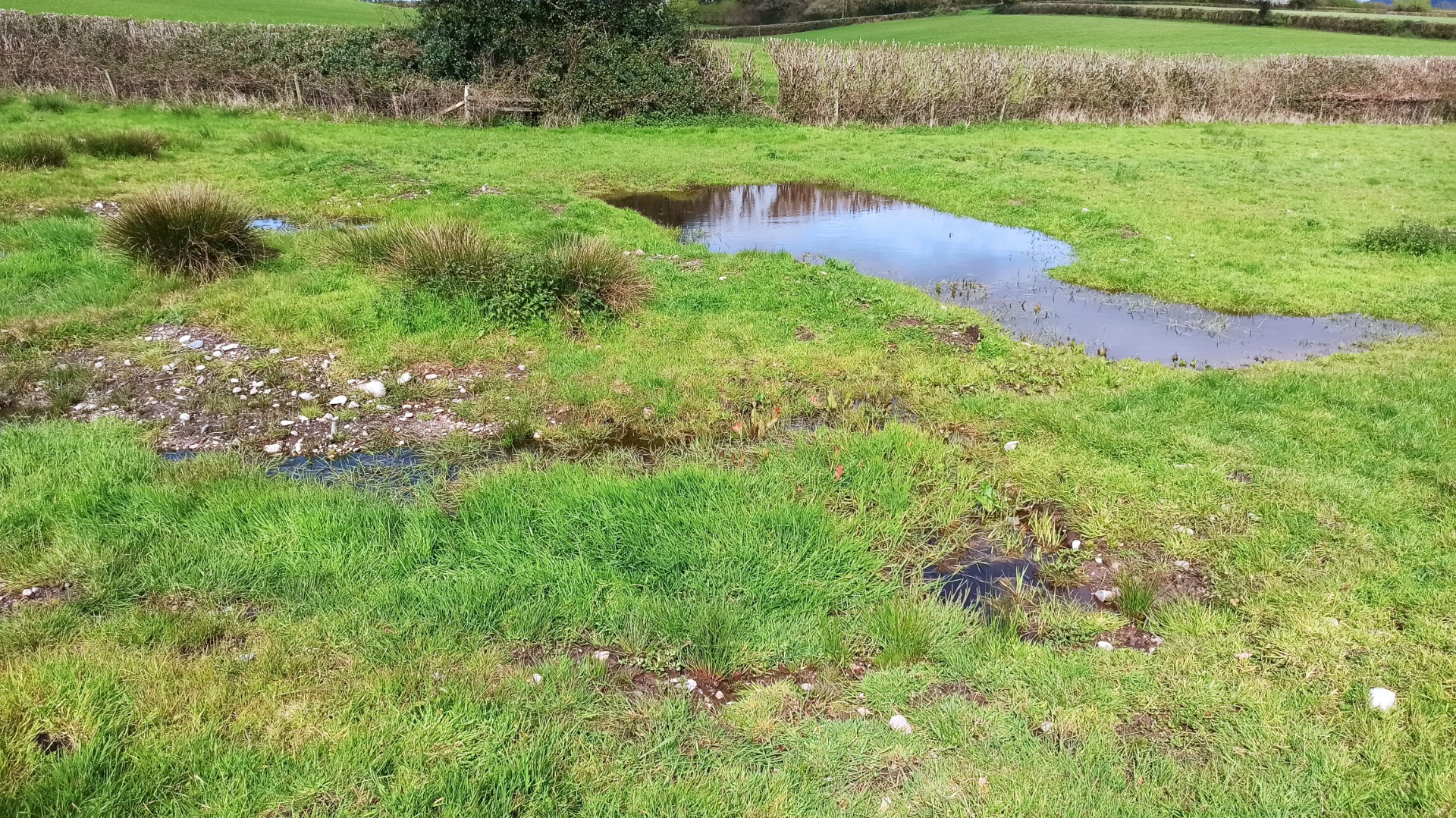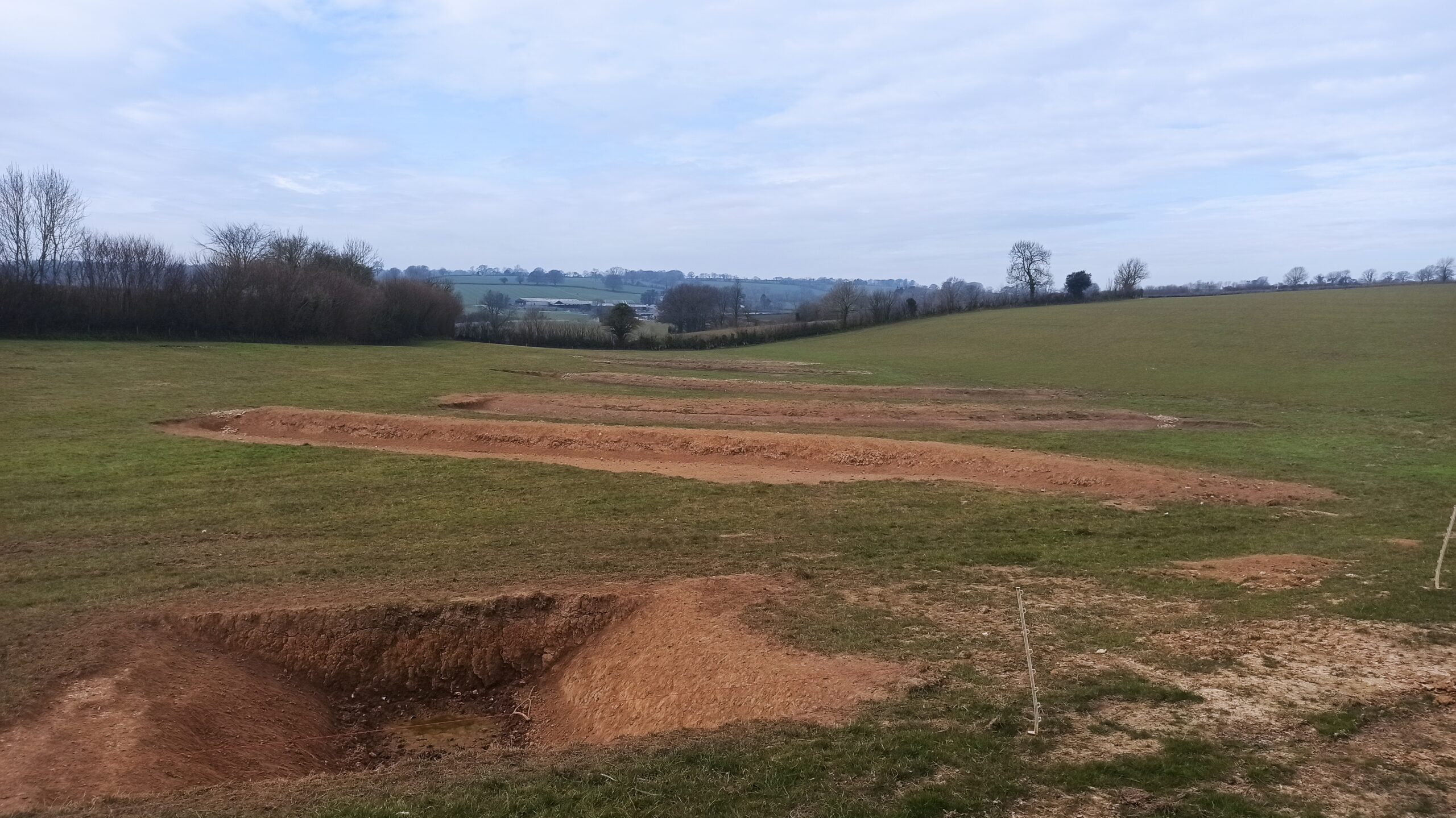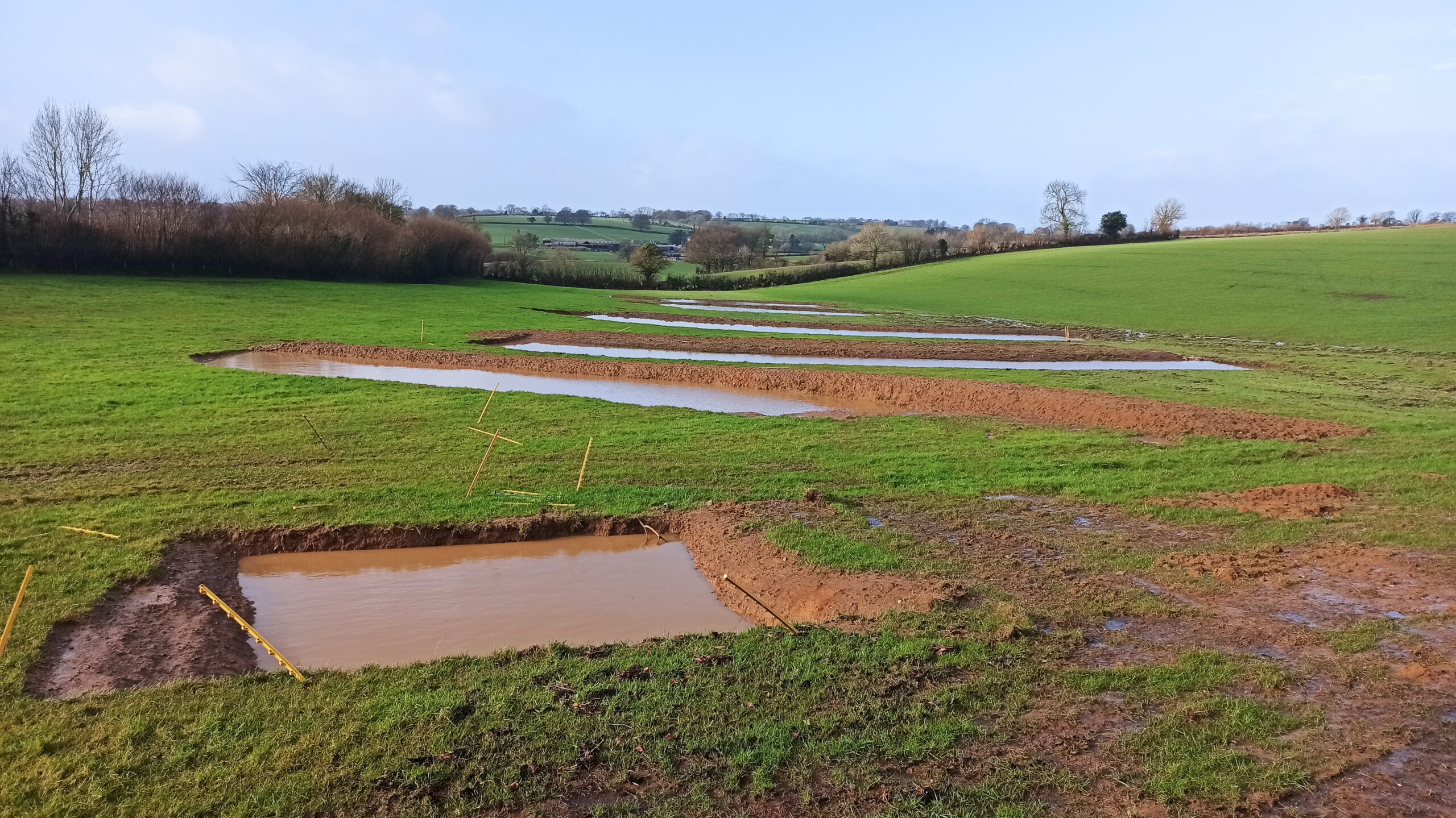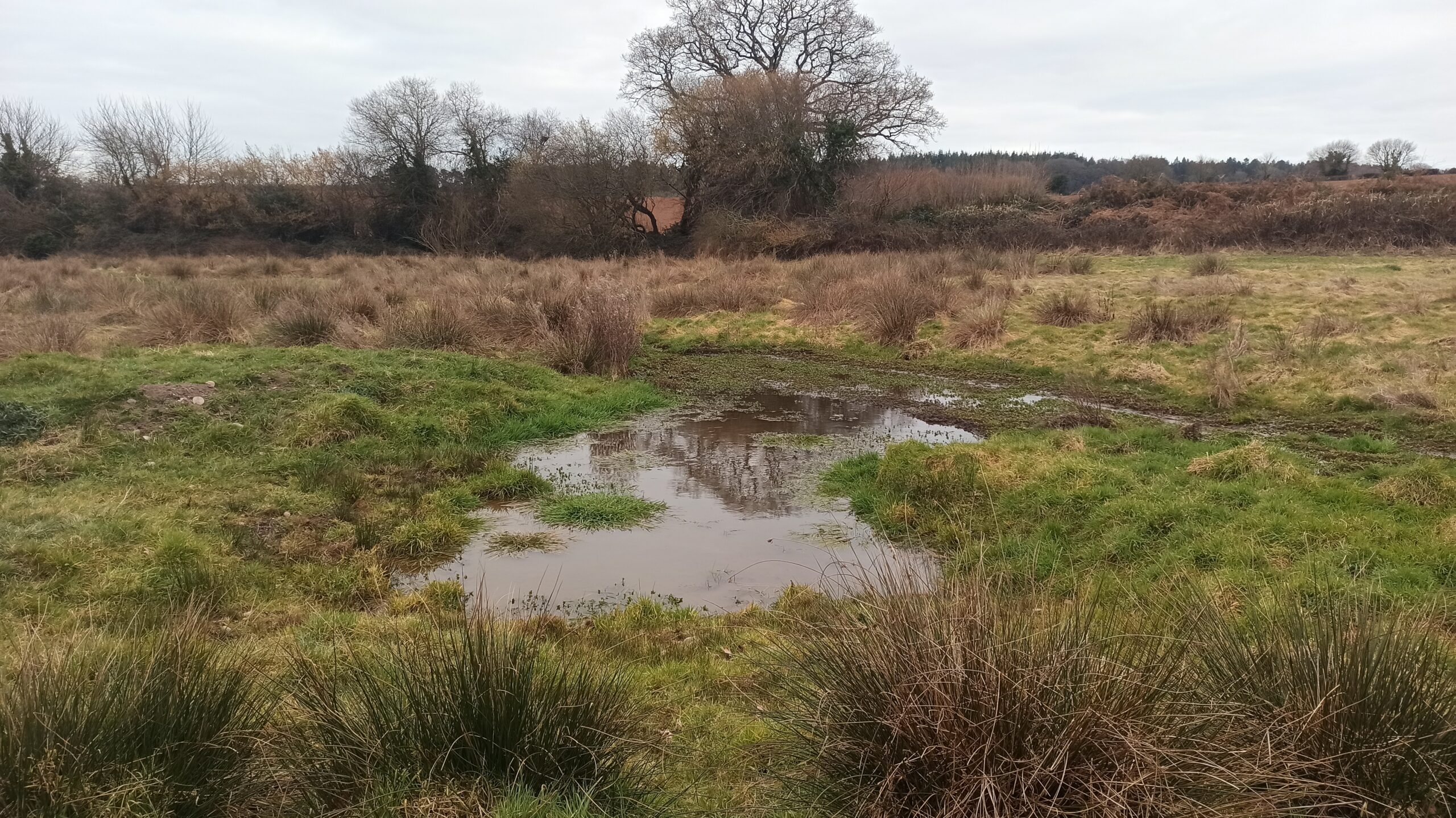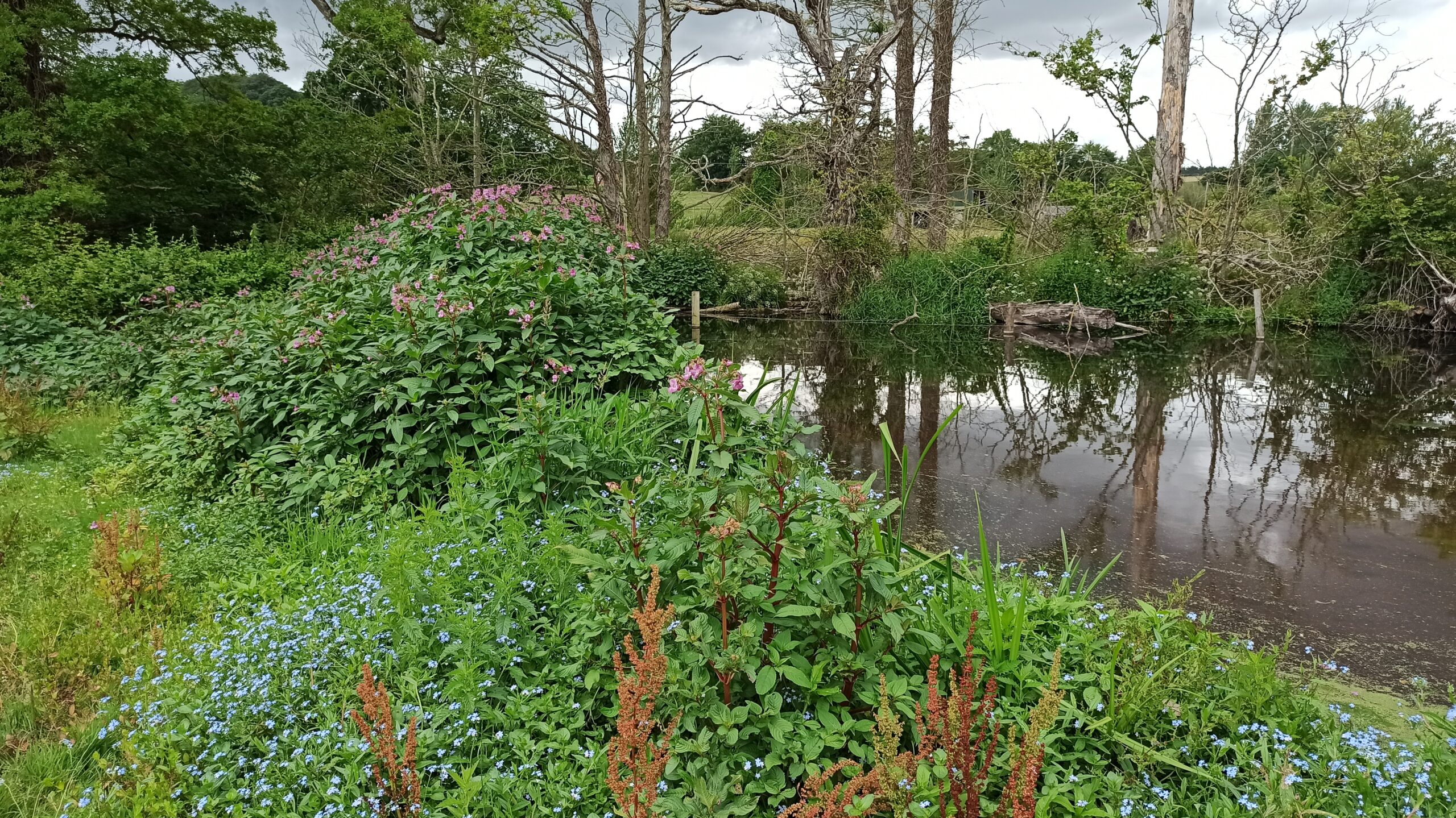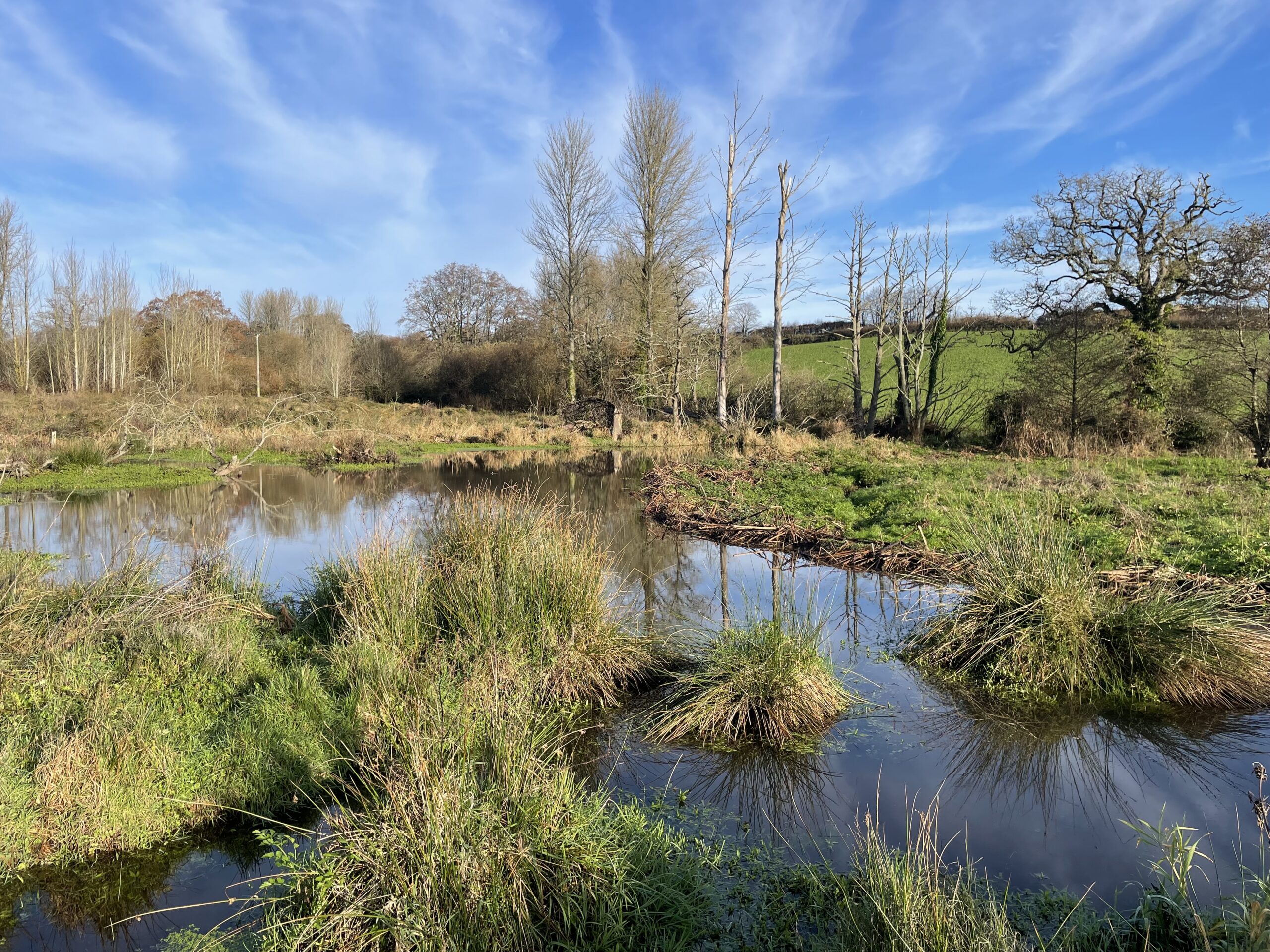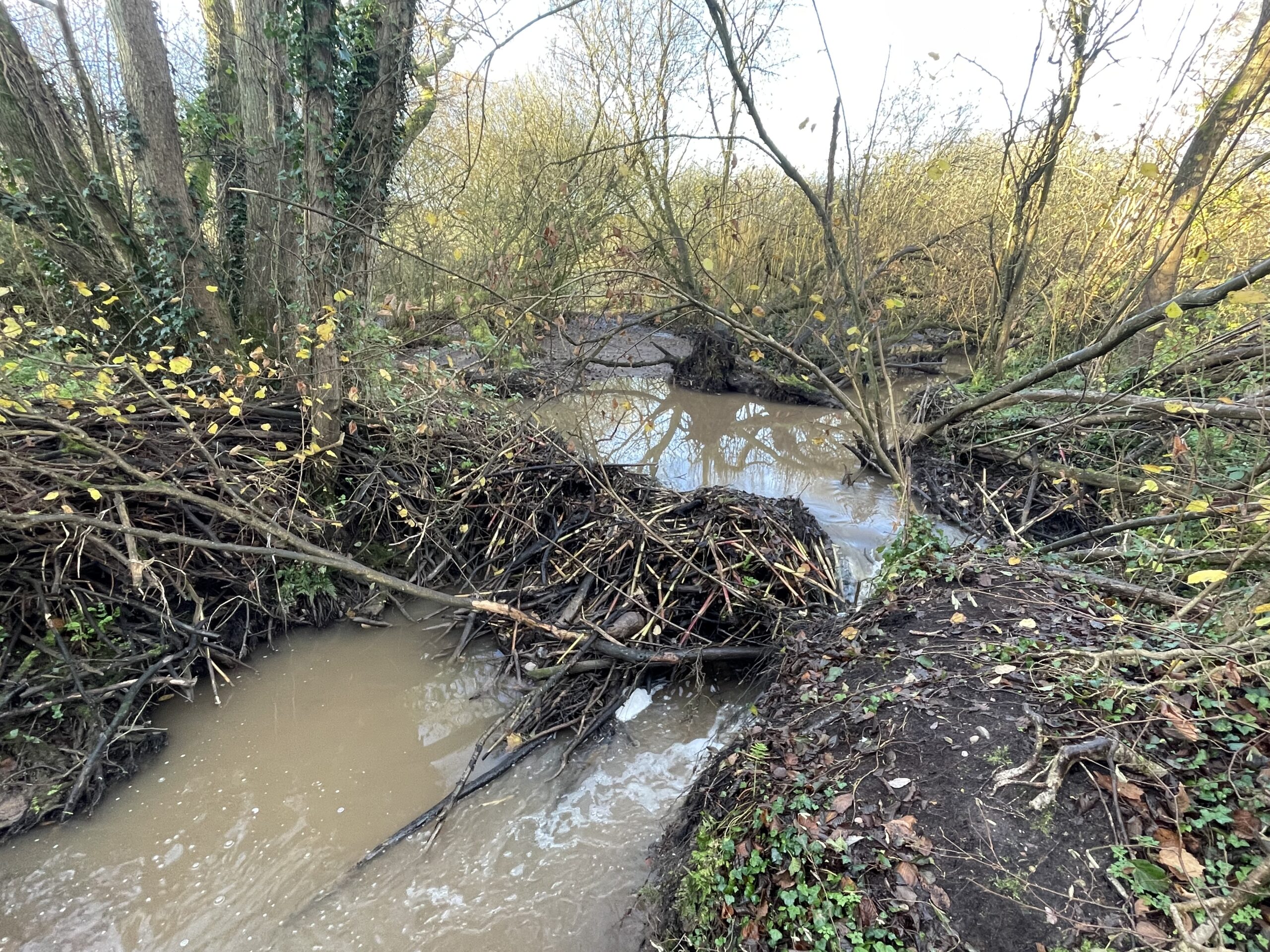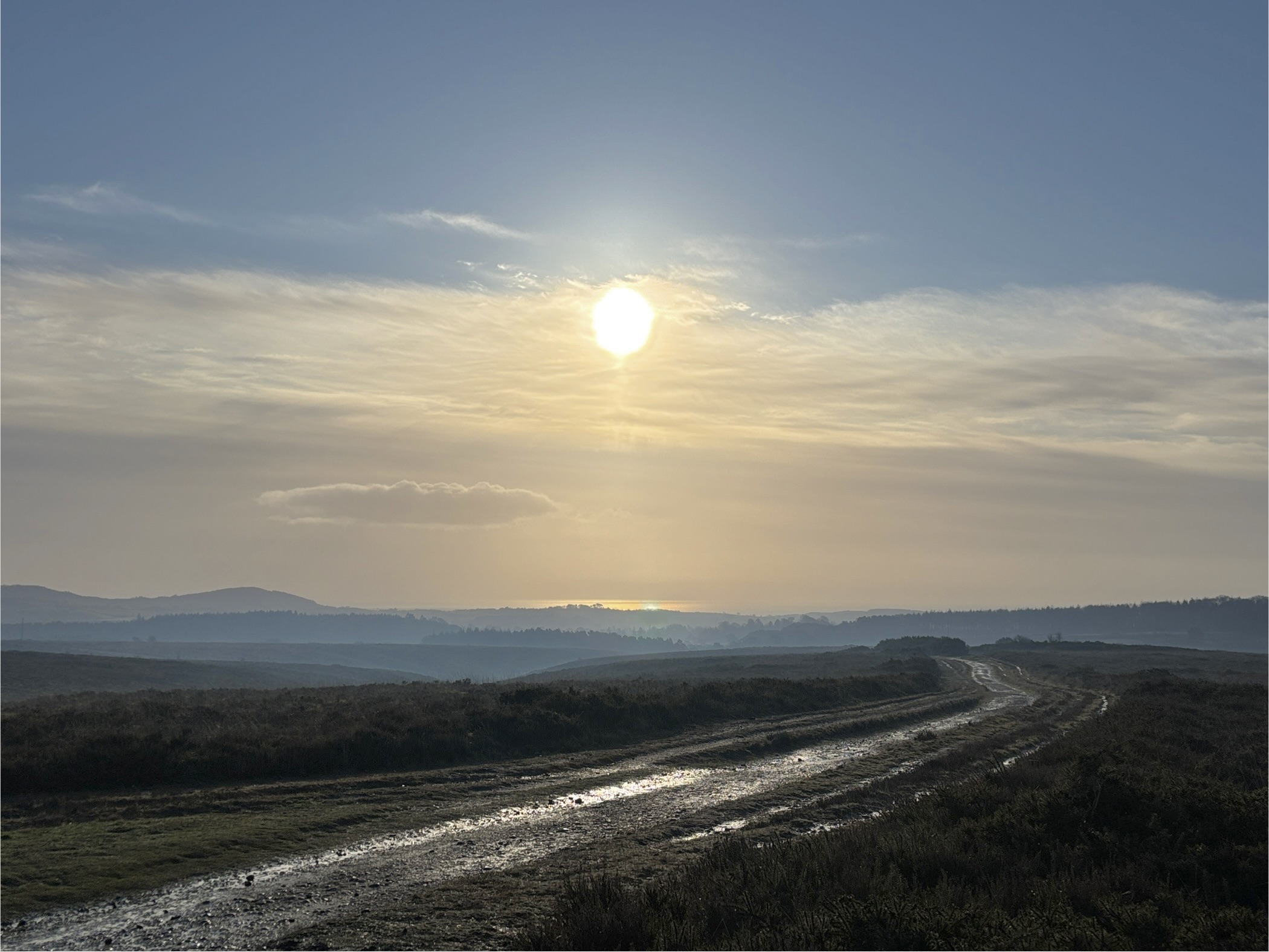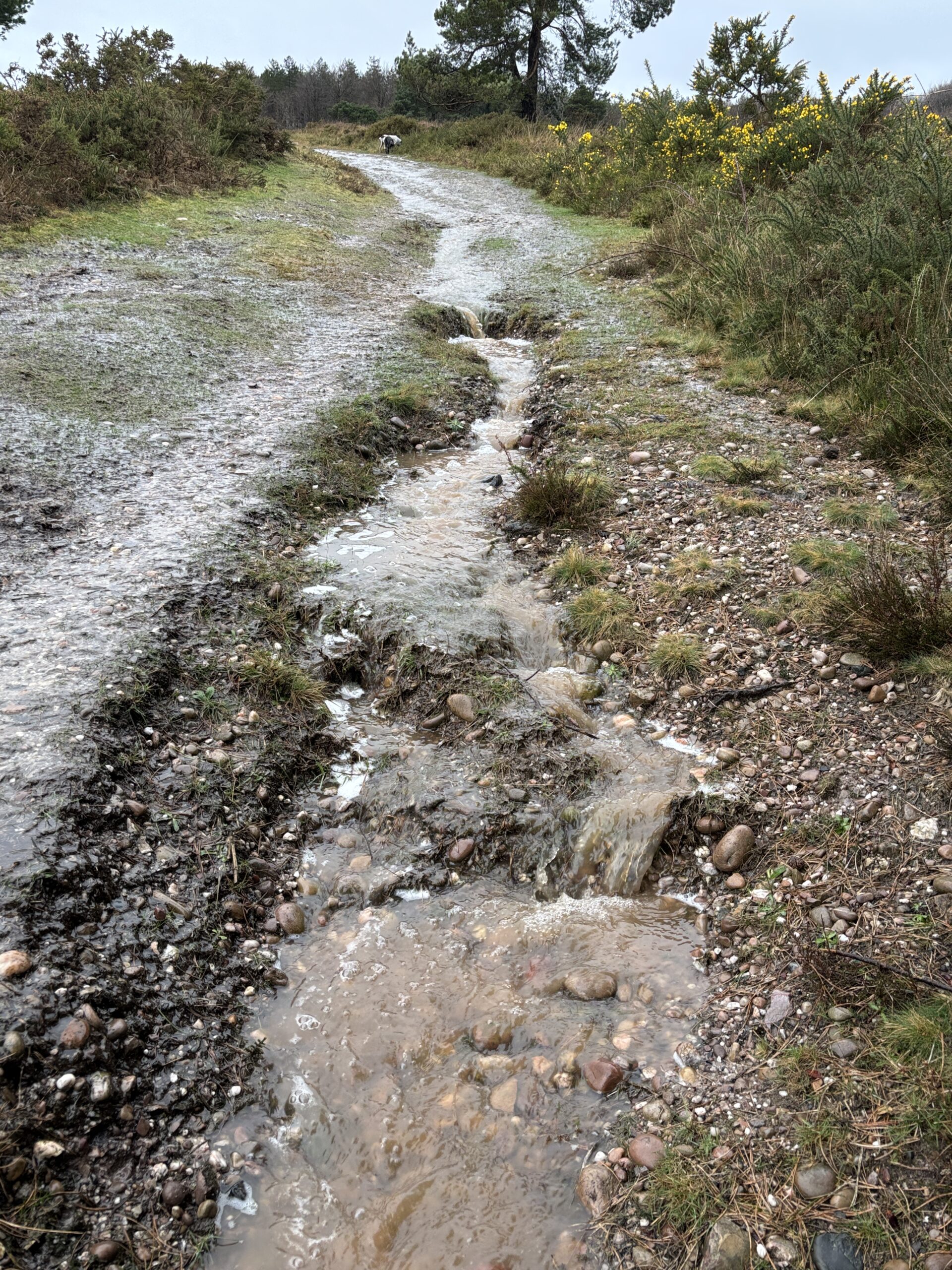
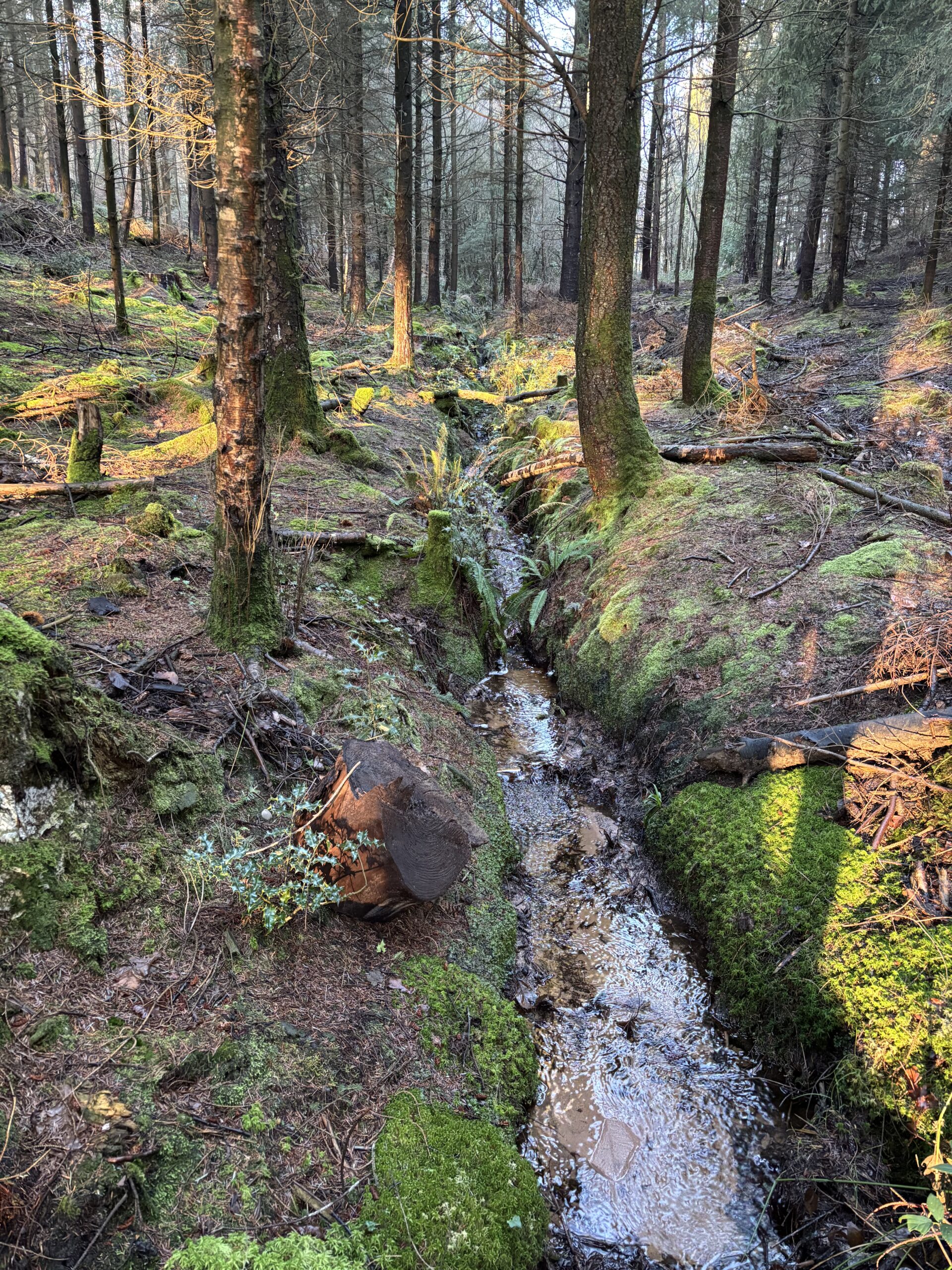
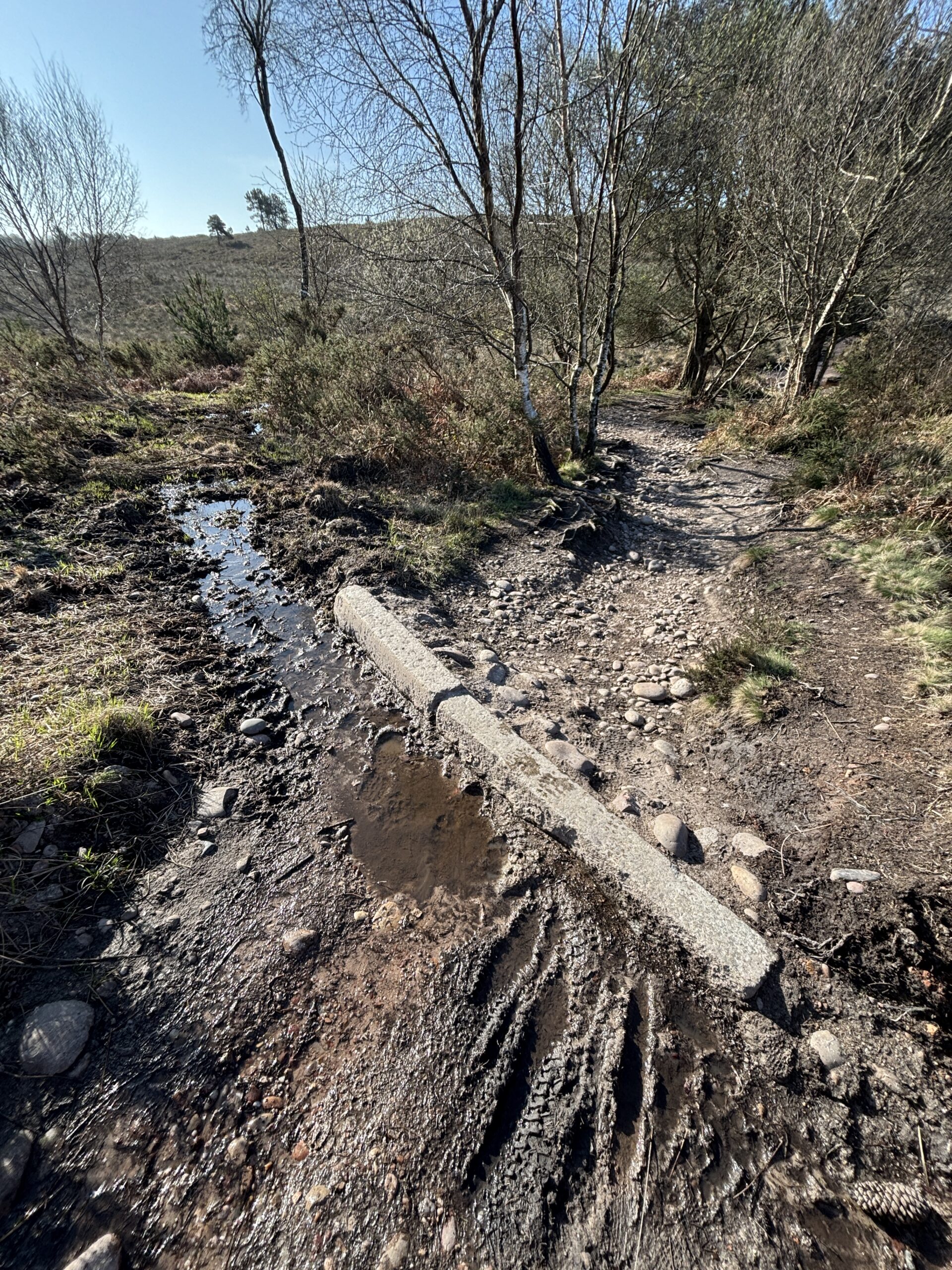
Otter Catchment Area
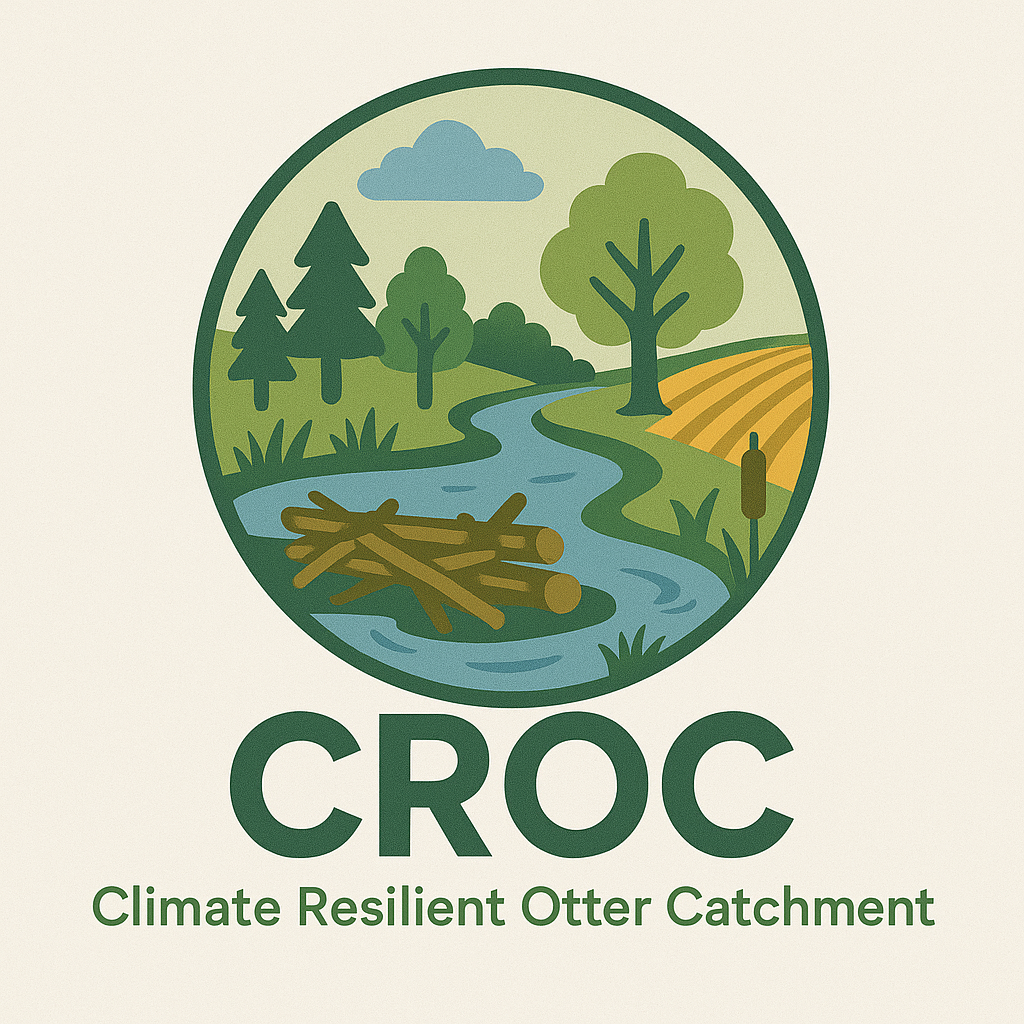 Objective:
Objective:
Reduce flood risk across the Otter catchment through nature-based and soil-focused interventions.
Partners:
Westcountry Rivers Trust, The Environment Agency, The Farming and Wildlife Advisory Group, Devon Wildlife Trust, farmers & landowners.
Targeted investment in land-use change — particularly soil management — offers the greatest potential to reduce flood risk for vulnerable communities. Soil-focused interventions are the most effective and scalable Natural Flood Management (NFM) solutions.
Priority Soil Management Actions:
- Soil aeration
- Tailored land management advice
- On-site risk assessments
- Creation of wetland marginsand buffer strips
These interventions help to slow, store, and filter water, improving both flood resilience and soil health.
When Soil-Based Measures Aren’t Feasible:
Where soil interventions are not possible — due to land designations, landowner constraints, or existing infrastructure (e.g. highways) — a range of more traditional NFM techniques may be deployed to complement the work.
These may include:
- Small and large leaky dams
- Woody flow spreaders
- Leaky outlet structures
- Attenuation ponds
- Baffle ditchesand swales
- Buffer stripsand bunds
- Cross drains, gateway relocation or removal
- Fencing improvements
- Floodplain reconnection
- Hedgerow creation
- Natural regeneration and woodland planting
- Wet woodland creation
Together, these approaches form a flexible, landscape-scale toolkit to reduce runoff, enhance biodiversity, and improve resilience to flooding.
Timeline : March 2025 to March 2028
Monitoring:
Research teams from Plymouth & Exeter Universities.
Collaboration:
Aligned with:
- Lower Otter Restoration Project (LORP)
- Two Landscape Recovery Projects
Outcome:
A source-to-sea, nature-based flood management solution

